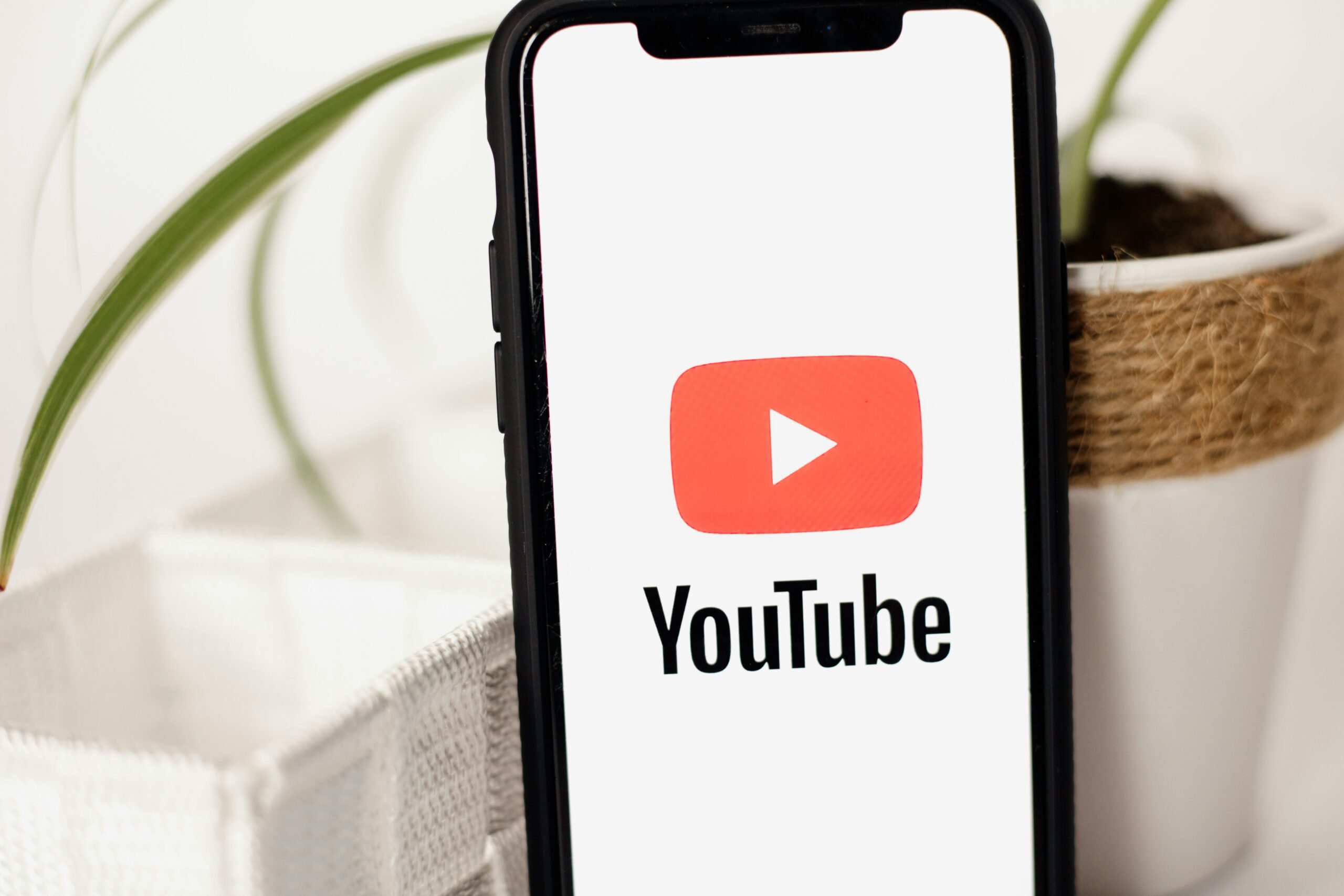
YouTube has announced that it will expand the limitations on fitness and weight-related video recommendations for teenagers in Europe and the UK, extending a policy that was first introduced in the U.S. in 2023.
The platform aims to reduce teens’ exposure to content that promotes specific body types, fitness levels, or idealized physical features. The new restrictions are part of YouTube’s efforts to protect teens from content that could contribute to negative body image and related mental health issues.
The decision builds upon similar safeguards introduced last year for U.S. teens. YouTube explained that the expansion will limit repeated recommendations of videos that:
- idealize certain body types or fitness standards,
- compare physical features,
- display “social aggression,” such as non-contact fights and intimidation.
Although these videos may not be harmful individually, the company recognizes that repeated exposure could have a negative impact on teenagers. To address this, YouTube will adjust its recommendation algorithm to prevent such content from being shown too frequently to young viewers.
This move comes after ongoing concerns that platforms like YouTube may expose teens to content that could encourage harmful behaviors or contribute to negative self-perceptions. YouTube’s global head of health, Dr. Garth Graham, and James Beser, the director of product management for YouTube Youth, reiterated in a blog post that teens are particularly vulnerable to internalizing unrealistic body standards when repeatedly exposed to such content online.
Experts Advise YouTube on Guardrails for Teen Viewers
YouTube’s youth and families advisory committee, formed in 2018, provided recommendations for these changes. The committee is comprised of independent experts in children’s media, digital learning, and development, and advises on the effects of online content on teens. Their findings align with surveys and studies highlighting the growing concern over body image issues among teenagers.
For example, a 2019 survey by the UK’s Mental Health Foundation revealed that:
- 37 percent of teens felt “upset” about their body image,
- 31 percent of teens felt “ashamed” due to social media content,
- 4 in 10 teenagers said images on social media caused them to worry about body image.
A 2022 report by the UK Parliament’s Health and Social Care Committee similarly identified online spaces, including social media, as significant contributors to body image concerns.
YouTube has already implemented measures to limit certain content under its Community Guidelines, including videos sharing personal experiences with eating disorders. According to UK-based eating disorder charity Beat, 91 percent of individuals who experienced eating disorders encountered content online that was harmful to their recovery, often describing it as being “bombarded” with triggering images and advertisements.
Allison Briscoe-Smith, a clinician and researcher, as well as a member of YouTube’s advisory committee, noted the importance of introducing “guardrails” to prevent teens from absorbing potentially harmful messages. She emphasized that while teens naturally compare themselves to others, such safeguards can help them develop healthier self-perceptions during these formative years.
Although YouTube has not explicitly stated that these changes are in response to regulatory pressure, the timing of the announcement follows the implementation of Europe’s Digital Services Act and the UK’s Online Safety Act. These laws require social media and tech platforms to take greater responsibility for user safety, especially concerning minors’ exposure to harmful or age-inappropriate content.
Featured Image courtesy of Collabstr on Unsplash
Follow us for more tech news updates.
